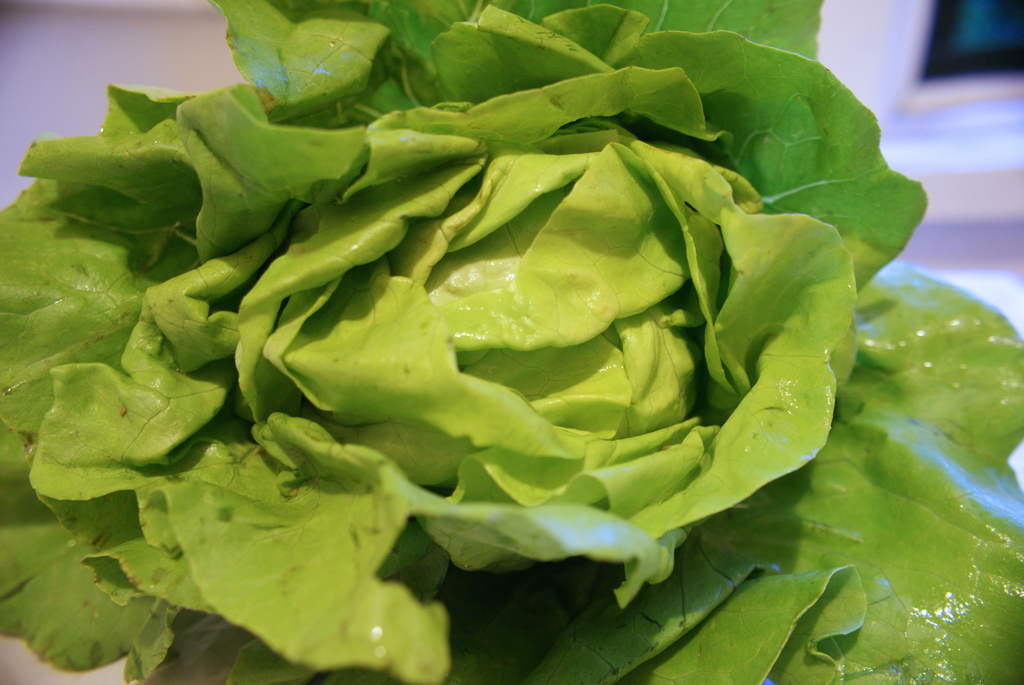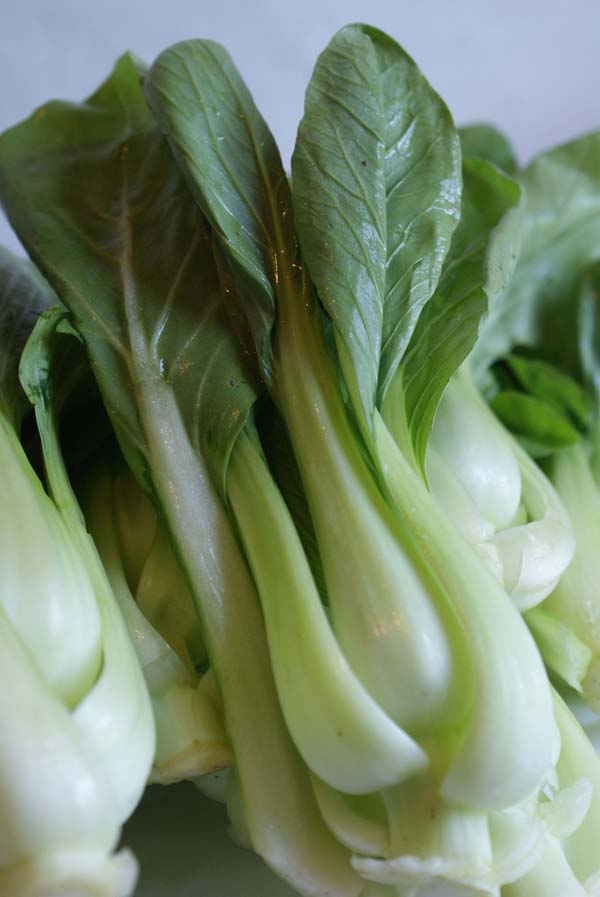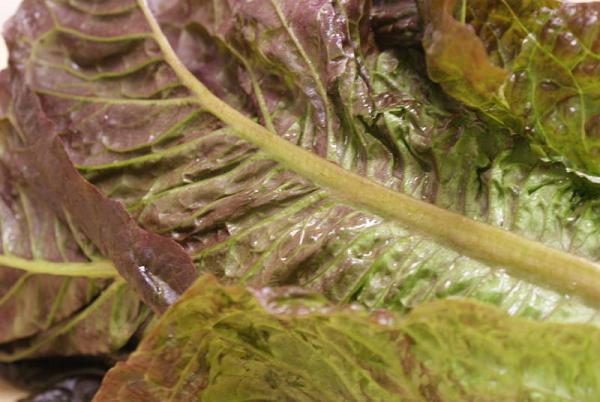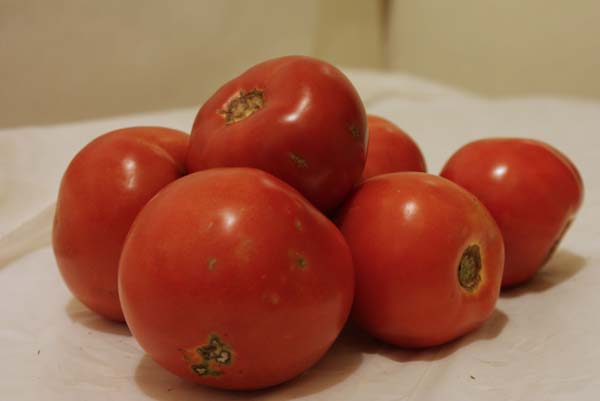
Nutritional Value
1 cup of chopped tomatoes has 32 calories. It has 2 grams each of protein and fiber. It is freakishly high in Vitamin A and C with 30% and 32% of your reccomended daily intake.
General Facts
Tomatoes are members of the fruit family, but they are served and prepared as a vegetable.
Cancer Institute published a study that showed an association between consuming a diet rich in tomato-based foods and a decreased risk of prostate cancer. Tomatoes contain large amounts of an antioxidant called lycopene, which may be responsible for this possible positive effect. Tomato paste and sauces contain a greater amount of lycopene, because they are more concentrated than fresh tomatoes.
Storage
Store tomatoes at room temperature until they have fully ripened. Try to store tomatoes out of direct sunlight, because sunlight will cause them to ripen unevenly. If you must store them for a longer period of time, place them in the refrigerator. Chopped tomatoes can be frozen for use in sauces or other cooked dishes.
Freezing tomatoes is one of the simplest ways to preserve them. Rinse them, then spread out on a cookie sheet, and freeze overnight. When frozen, put them in a freezer bag and return to the freezer. To use, remove from bag and thaw. When thawed, slip the skins off, and use in your favorite recipes.

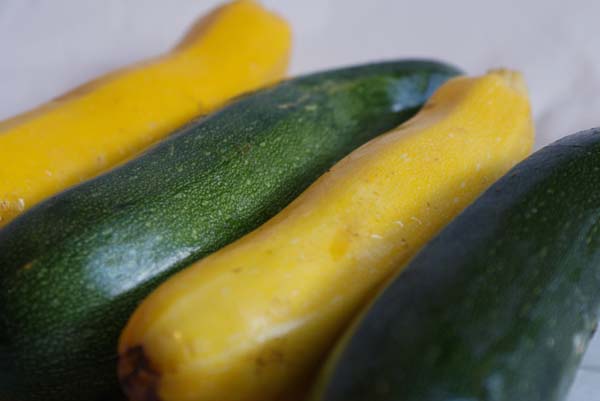
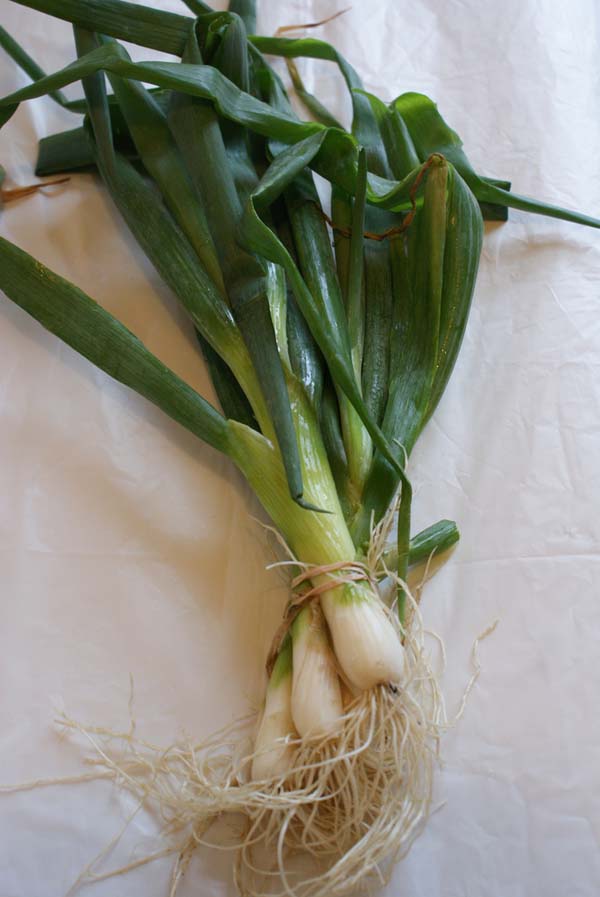
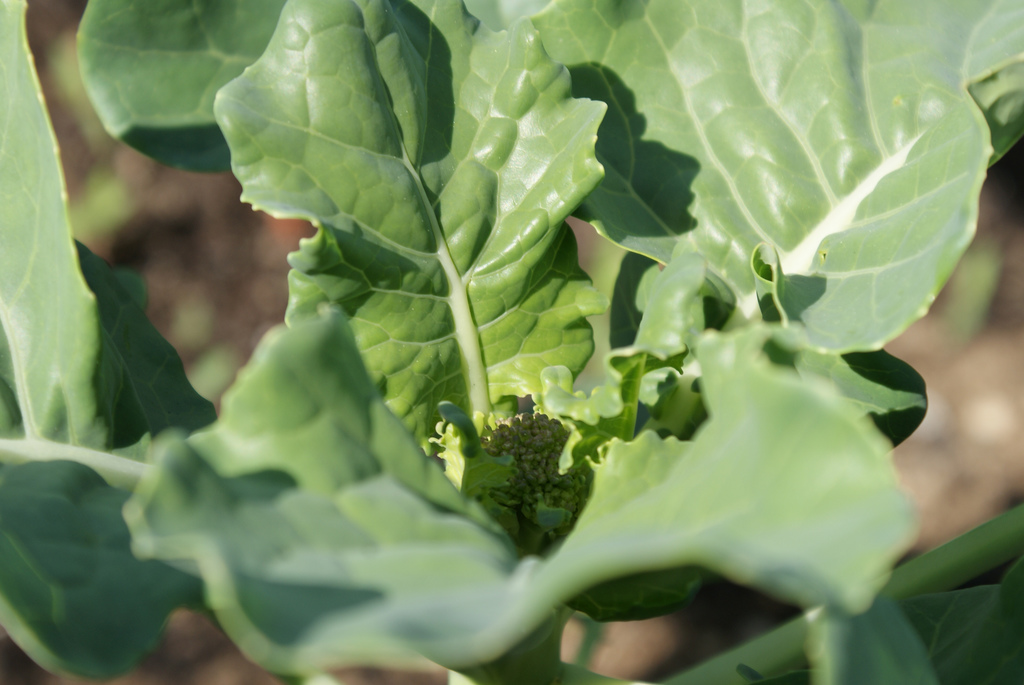 Nutrition:
Nutrition: